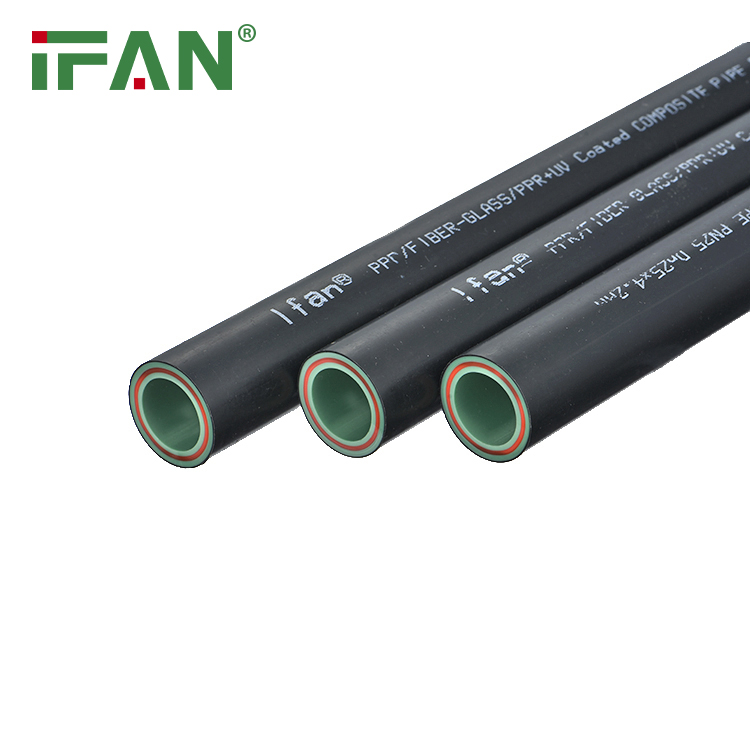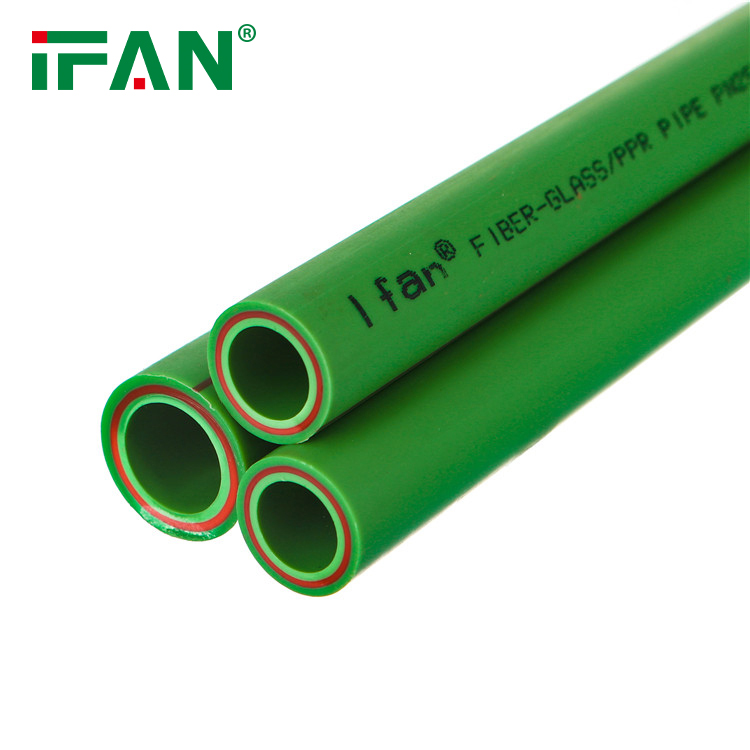Introduction
PPR (Polypropylene Random Copolymer) fiberglass pipes are not only durable and resistant to corrosion but also have a significant impact on energy efficiency. In this article, we will explore how PPR fiberglass pipes contribute to energy conservation and efficiency. Let’s break down each section into separate headings.
1. Thermal Insulation Properties
One of the key features of PPR fiberglass pipes is their excellent thermal insulation properties. These pipes have low thermal conductivity, meaning they are highly resistant to heat transfer. As a result, PPR fiberglass pipes help to minimize heat loss during the transportation of fluids. This is especially beneficial in applications where temperature control is important, such as in HVAC systems or industrial processes. The reduced heat loss translates into energy savings by reducing the need for additional heating or cooling.
2. Reduced Energy Consumption
By minimizing heat loss, PPR fiberglass pipes contribute to reduced energy consumption. The efficient thermal insulation properties of these pipes ensure that the fluids being transported maintain their desired temperature for longer periods. This reduces the need for continuous heating or cooling, leading to lower energy usage. The energy savings can be substantial, particularly in large-scale industrial operations where significant amounts of energy are required for fluid transportation.

3. Enhanced Operational Efficiency
The energy efficiency of PPR fiberglass pipes also improves overall operational efficiency. By effectively maintaining the desired temperature of the fluids, these pipes contribute to better process control. This is particularly important in industries such as chemical processing, food and beverage production, and pharmaceutical manufacturing, where precise temperature control is critical. The improved operational efficiency leads to optimized production processes and reduced energy waste.
4. Environmentally Friendly Solution
The energy efficiency of PPR fiberglass pipes makes them an environmentally friendly choice. By reducing energy consumption, these pipes effectively contribute to the reduction of greenhouse gas emissions. The decreased carbon footprint helps organizations meet sustainability goals and comply with environmental regulations. Choosing PPR fiberglass pipes demonstrates a commitment to environmentally responsible practices and contributes to a more sustainable future.
5. Cost Savings
The energy efficiency provided by PPR fiberglass pipes also leads to cost savings. By reducing energy consumption, organizations can lower their utility bills and operational expenses. The long-term cost savings can be significant, especially in industries with high fluid transportation requirements. Additionally, the durability and longevity of PPR fiberglass pipes minimize the need for frequent repairs and replacements, further reducing maintenance costs and downtime.
6. Future-proof Solution
As energy efficiency becomes increasingly important in the global push towards sustainability, PPR fiberglass pipes provide a future-proof solution. With their superior thermal insulation properties and energy-saving capabilities, these pipes align with the growing demand for eco-friendly infrastructure. Choosing PPR fiberglass pipes ensures that organizations are prepared for future energy regulations and market trends, positioning them as industry leaders in energy efficiency.
Conclusion
PPR fiberglass pipes have a substantial impact on energy efficiency. With their excellent thermal insulation properties, these pipes minimize heat loss during fluid transportation, resulting in reduced energy consumption. The enhanced operational efficiency, cost savings, and environmental benefits make PPR fiberglass pipes an ideal choice for organizations looking to improve energy efficiency and reduce their carbon footprint. By incorporating these pipes into their infrastructure, industries can make significant strides towards a more sustainable and energy-efficient future.






